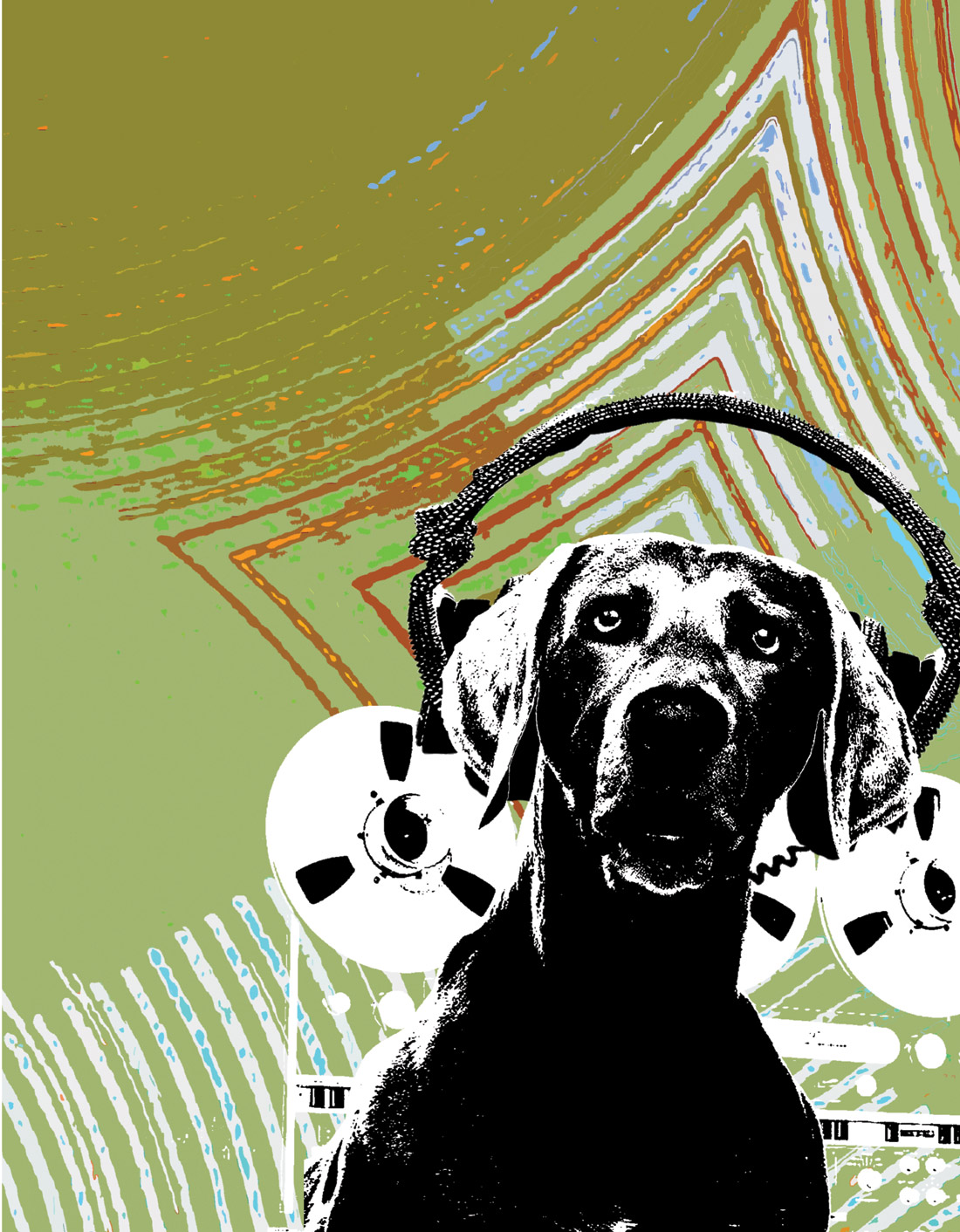The ProAc Studio 100 is a passive two-way monitor sporting
a 6.5" bass/midrange driver and a 1" soft-dome fabric tweeter housed in a traditional-looking ported cabinet. The crossover allows for typical single-input use as well as bi-wiring and bi-amping. All wiring and components are very high-grade stuff, including oxygen-free copper cabling throughout. Since 1990, the Studio 100 has been a big seller in the audiophile market, and this model caught on as a studio monitor sometime in the middle of that decade. It isn't exactly ubiquitous, but it's earned a place in the pantheon of classic studio monitors, and it continues to weather the ever-changing fads of speaker-design.
The Studio 100s present a smooth, full-range sonic image that emphasizes deep bass and airy highs, and they have the overall sonic character of a very transparent yet flattering hi-fi speaker. However, don't fall for the idea that "flattering" means inaccurate or colored. To the contrary, this is a speaker that you will enjoy listening to all day every day because it is offering up a full-range, uncolored experience without any notable harshness or ringing. I have used them extensively in conjunction with Yamaha NS-10Ms, and I'd say that they are almost exact opposites of each other sonically. The NS-10Ms are all about the midrange and can be very harsh, while the ProAcs are all about the deep lows and airy highs and are as smooth as can be. Switching between these two speakers is like looking at negative images of each other. Each delivers its own kind of information, and both are very helpful during a mix. Using Studio 100s at very quiet levels is an excellent way to get a rendering of the complete sonic image. Employing very-high shelf EQs (say at 20 kHz on a vocal or drum overheads) at low volumes is very revealing in a way that the NS-10Ms never seem to deliver. Similarly, the woofers are exceptionally responsive to deep bass at lower volumes (Tony Levin's low-B string was well represented, for example). Taking this quiet approach with Studio 100s had me making decisions about the extended frequencies I'd often have left for mastering.
Turn them up, and you'll get way more low-end than you'd expect from such a small box with a 6.5" driver. Part of this low end must be due to the fact that the woofer can really travel. This is an idiosyncrasy that turns out to be a huge advantage, as you can use the woofer as a visual gauge of your low-end. If that cone starts to travel indiscriminately far, start fishing for the build-up, give it a fix, and you'll notice improved clarity not just in the low-end but in the whole mix. Those who use these speakers seem to know this about them; get the cones to behave and your low-end won't over-tax real-world consumer speakers.
Overall, working on Studio 100s is a full-range experience with no noticeable dips or peaks across the spectrum. One advantage with passive monitors is that they tend to have fewer issues around the crossover point than their powered cousins, and Studio 100s are a great example of this phenomenon. They're very flat. Of course, pairing passive monitors with amps adds to both the complexity and freedom of developing your monitoring situation. As ProAc elegantly puts it, "The full potential of these thoroughbred designs will only be realized through the use of the highest quality partnering equipment." Translation: Use a great amp for best results.
If you're still searching for your dream monitors, and the current self-powered offerings aren't floating your boat (and many complain of the crossover issues with many of today's monitors), I'd highly recommend looking into these speakers as a different approach from that of the current trends. They aren't going to blow clients against the rear wall, but if you want a very refined, non-fatiguing listening experience with almost no sonic anomalies, Studio 100s are up there with the best of the passive monitors. They've remained popular for nearly twenty years for very good reasons. US retail sales/demos are through Vintage King Audio. ($1895 MSRP per pair; www.proac-loudspeakers.com, www.vintageking.com)
Tape Op is a bi-monthly magazine devoted to the art of record making.




_disp_horizontal_bw.jpg)